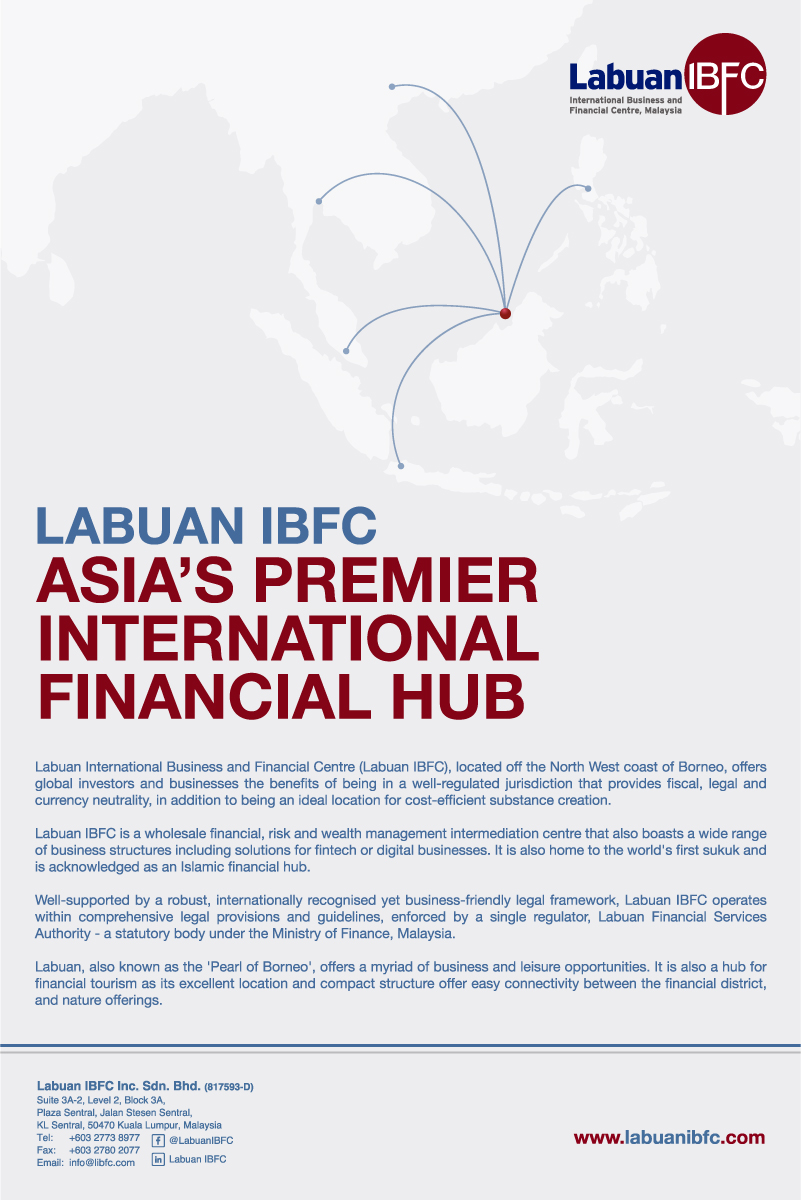With increasing exposures and high claims in recent years, the current market environment is especially challenging for the D&O insurance sector
Directors and officers (D&O) of a company have the responsibility to lead and carry out the business of an organisation, avoiding conflicts of interest and exercise due diligence in managing the affairs of the business. However, failure to do this could expose D&Os to liability.
This is where D&O liability insurance comes into play. D&O coverage is payable to the directors and officers of a company, or to the organisation itself, as indemnification for losses or advancement of defence costs in the event an insured suffers such a loss as a result of a legal action brought for alleged wrongful acts in their capacity as directors and officers.
Within a captive D&O is typically fronted or placed as a deductible buy-down. Traditionally, a captive is deployed on primary retentions which serves to buffer the commercial market from attritional loss.
According to a survey conducted in August by Airmic, the UK association of risk and insurance professionals, a majority of respondents saw rates rise at least 50 percent for D&O, and almost 30 percent said prices had doubled.
Grant Maxwell, global head of alternative risk transfer at Allianz Global Corporate and Specialty (AGCS), states that with increasing exposures and high claims in the recent years, the current market environment is challenging for the D&O insurance sector in particular.
Maxwell suggests that available traditional coverage has reduced and premium rates have increased “significantly”.
Several insurers have withdrawn from writing D&O in the London market, with the most recent example being Argo which was only announced on 16 September 2020.
Adrien Collovray, director of global captive advisory at Willis Towers Watson, says: “It can be very challenging to replace the capacity that those insurers previously offered, particularly, as this is combined with the remaining insurers reducing the size of the lines that they will offer for each risk.”
Collovray explains that as a consequence, Willis Towers Watson is working with a lot of its clients to consider alternatives to the commercial insurance market, such as the use of captives, among other options.
Although some players have left the market, the D&O industry has welcomed Convex, which has provided welcome additional capacity. Meanwhile, Beazley announced, in the context of its recent capital raise, that they see D&O as a focus area.
Collovray reveals: “We are hearing similar comments from a number of other insurers and we are hopeful that 2021 will see further new entrants to the market.”
D&O underwriting is influenced across a number of factors including the size and financial position of the company, the industries, geographies and jurisdictions they operate within.
Derek Bridgeman, managing director at Strategic Risk Solutions (SRS), states that insurers are looking, closer than ever, at liquidity, historical disclosures, business disruption, supply chain and other logistical problems.
Bridgeman says: “Changes to business plans need to be considered closely to assess if this is masking underlying issues.”
“We are seeing both a significant lack of capacity, impacting certain sectors more severely, and pricing increases almost across the board. Captives can support D&O challenges but we need to ensure that conflict risks are removed, and counterparty risks are managed,” he adds.
COVID-19: accelerating the trend?
The COVID-19 pandemic is also expected to accelerate the increase of premium rates as a wave of insolvencies, as well as event-driven litigation, could be potential sources of D&O claims.
He explains: “To date, only a relatively small number of securities class action lawsuits has been filed in the US, including suits against cruise ship lines that suffered COVID-19 outbreaks.”
“However, the pandemic could trigger further litigation against companies and their D&O, if perceived boards failed to prepare adequately for a pandemic or prolonged periods of reduced income,” he adds.
Also seeing an increase in D&O coverage, Bridgeman suggests that while COVID-19 is a catalyst, it’s not the driver.
He explains the driver is the lack of capacity and the increased pricing within the market.
“There are industry sectors that are really struggling to find capacity and so it’s imperative that we work with these industries to find acceptable solutions to replace absent, or prohibitively expensive capacity,” Bridgeman says.
Although it is not obvious that the pandemic in itself will have a direct impact on the use of captives, Angus Duncan, executive director, FINEX directors and officers at Willis Towers Watson, says the COVID-19 pandemic has spread at a time when the D&O market was already in “considerable turmoil and COVID-19 has only served to exacerbate that turmoil”.
It has affected certain industries more than others, Duncan notes which makes it more challenging for clients in those industries to obtain D&O insurance. He explains: “Therefore, those companies may be more likely to be interested in considering alternative options such as the use of captives.”
Writing D&O
Explaining how D&O liability is written, Duncan says that it is broken into three principal insurance covers: cover for claims and investigations involving a director which are not indemnified by the company (side A); cover for claims and investigations involving a director which are indemnified by the company (side B), and cover for securities claims against the company (side C).
Although he notes that the exact terminology varies from policy to policy.
Explaining how each of the sides work and which is the better option for captives, Bridgeman outlines that traditional logic is that side A coverage is unsuitable for a captive.
He states that side B and side C relate to corporate reimbursements and securities action and therefore traditionally aligned to a captive coverage.
“Historically we have seen captive placements on the side B/C coverage in order that the market is focused upon side A,” according to Bridgeman.
With the current market conditions, he reveals there is an interest for D&O placements in cells which support an ‘off-balance sheet’ financing solution for side A risks.
Collovray suggests that Side A has the potential to be more problematic for inclusion in a captive.
He outlines three reasons for this which include: prohibition on indemnification, ring-fencing of assets and independence of claims handling.
Commenting on the prohibition on indemnification, Collovray explains that one of the main reasons for having side A insurance is that there are various types of liability which it is legally prohibited for a company to indemnify its directors (the rules vary between jurisdictions).
He states: “This prohibition (at least in English law) extends to group companies and there is, therefore, a concern that a wholly-owned captive, as a group company, could be in breach of this prohibition on indemnification in respect of side A.”
On ring-fencing of assets, Collovray highlights that there is a concern that the assets of a wholly-owned subsidiary may be vulnerable to attack in the event that the company is insolvent.
He explains: “Where a wholly-owned captive is not fully capitalised and is instead reliant upon funding from the parent company, if the company is insolvent, this will affect its ability to meet its obligations to the captive at the very time that the company will be simultaneously unable to indemnify its directors. There is also a factor to be considered that where the claim is being brought on behalf of shareholders, it would be the company’s capital that has funded the captive which in turn would then pay the claim (if it were successful), arguably providing no net benefit to shareholders,” he adds.
He highlights that these two issues are the most challenging.
Collovray also reveals that Willis Towers Watson is exploring a possible solution making use of a protected cell company (PCC)/segregated account company (SAC).
However, he notes that this requires some additional mechanisms to make this effective and just the use of a PCC/SAC on its own would not be sufficient.
Finally, on the independence of claims handling, a significant issue for many D&Os is that they will not want decisions about whether their insurance should payout to be made by a captive that is owned by the company for which they work or which they serve as a non-executive director.
Collovray explains: “There is particularly a concern where the company is the one bringing the claim against the directors. However, it could also be a concern simply where a new regime is in place and the company no longer has the same relationship with the director.”
“In any such situation, the directors and officers will want to be sure that any decisions regarding claims handling and control are objective and independent from the company,” he adds.
“The last of these points is the easiest to deal with, as there are a number of fairly straightforward ways to ensure the independence of claims handling – such as having the insurance fronted by an independent insurance company and then reinsured into the captive, or appointing an independent claims handling company to manage the claims.”





